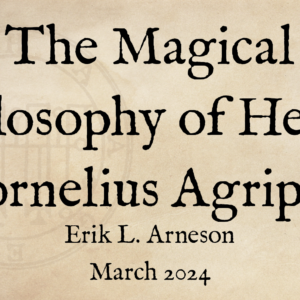The Picatrix Decans cards were created for a couple of different purposes, one of which is to act as physical talismans, empowered as phylacteries or charms to be carried or placed to exude magical effects. There are a multitude of potential procedures to activate and empower the talismans. Every practitioner has their own way of doing things, myself included, but the Picatrix gives us clues and a few stepping stones to help guide an outline of a possible ritual.
Election Timing
The decan talismans are described in Book 2, Chapter 11 of the Latin Picatrix. This chapter, near the end, gives us specific instructions on picking an election time.
Interestingly the Greer and Warnock translation of this passage differs from the Atrell and Porreca translation. In Greer and Warnock we have:
When you make any of the images of the faces described above, make them in a material appropriate to the planet that rules the face; then the work will be as we have said – that is, if you make the image when the corresponding planet is present in that face, then the work will be perfect and it will manifest in the world. If it happens that the Sun is rising in the hour of the planet or combines its force with it in a way that you desire, the work will be stable and strong.
The same sentence in the Atrell and Porreca translation reads:
When you craft any of the images with the faces mentioned above, do it with the material suited to the planet that rules the face. Then, if the image was made with that face’s planet, that process will be complete and manifest in the world. If perchance the Sun were in the ascendant in the hour of that planet or it had another desirable combination with him, then its effect would be more stable and stronger
So we learn that our decan talisman will be “perfect” or “complete” (most ideal) when the planet is in the decan it rules and the Sun is on the ascendant in the hour of that planet. This suggests dawn workings on the day of the planet in question. Additionally, the Moon and the particular planet should be placed in a way that supports the specific purpose of your talisman: afflicted for malefic works and well aspected for benefic.
And while this is the best case scenario, elections may need to be done with less than ideal astrological weather. In my opinion, the next best option would be to have the planet in a place of strength while still adhering to the day and hour of the planet. In this case I think it would be best to treat the decan like a fixed star election, having the decan on the ascendant or the midheaven at the time of the working with the Moon in an aspect that supports the working.
Making The Image
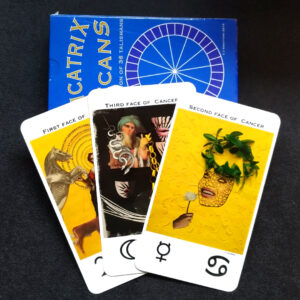 In the spirit of full transparency, you should know that when I made the images for the Picatrix Decans card deck, I paid little attention to the astrological weather at the time. Nor was the actual printing of the cards set to an elected time. For many reasons the prospect of doing so was difficult to nearly impossible.
In the spirit of full transparency, you should know that when I made the images for the Picatrix Decans card deck, I paid little attention to the astrological weather at the time. Nor was the actual printing of the cards set to an elected time. For many reasons the prospect of doing so was difficult to nearly impossible.
Still, the Picatrix tells us to “make” the image at the elected time. The most straight forward thing to do would be to make a new talisman in an appropriate material at the appropriate time. If you have my Picatrix Decans cards or look forward to getting them, however, they are technically already made.
How can we make something that is already made? I have a few suggestions. The first is to reprint the image from an electronic version at the elected time. Depending on the level of technology at one’s disposal this may or may not be an easy prospect. The next idea is the one I consider the second best to creating the talisman from scratch at the elected time and that is to write or draw on the card itself. The surface of the Picatrix Decans cards readily takes ink from a ball point pen or a Sharpie marker and the color of the ink can be chosen to correspond with the planet in question. Appropriate markings would be outlines of the principle elements in the picture, words of intent, spirit names, and sigils — similar to hoodoo-style card magic. The drawback of this method is that the card is permanently marked.
My third suggestion is to use an oil infused with plants or items with the appropriate planetary correspondences. The card can be anointed with the oil, which can be drawn into a sigil or a word with a brush or one’s finger. You should keep in mind, however, that the oil can easily transfer to other surfaces and could turn into a bit of a mess. Some kind of envelope or pouch to hold it after ritual might be a good idea, especially if one intends to carry it around. The advantage of this method is that the card itself is not damaged and therefore could be “decommissioned” and then reconsecrated for another purpose later.
Suffumigation
Talisman consecration in the Picatrix demands suffumigation of the object at the time of its empowerment. That is, the talisman must be passed through the rising smoke of incense while saying words and prayers and employing visualization.
Ultimately the decan talismans are planetary talismans and so an incense appropriate to the particular planet is indicated. I would go one step further, however, and modify the incense to reflect the element of the sign. In this way an incense for Aries I, Mars in a fire sign, would be slightly different from Scorpio I, Mars in a water sign. The Picatrix gives many formulas for incenses.
Ritual Outline
Gather the necessary ritual items, which may vary depending on your personal practice. At the minimum, this should include incense and incense burner (a thurible or censer), at least one candle which is either white or of a color corresponding to the planet in question, the object that is to be the talisman, and any implements needed to “make” or mark the talisman.
Note that this ritual will require you to own a copy of the Picatrix. Since the English translations of the Picatrix are copyrighted, we cannot reproduce most of the exact wording for the ritual here.
At the elected time, facing east:
- Prepare yourself and the space as per your practice.
- Bless the candle and light it. Bless the charcoal and light it.
- Recite the Invocation of Perfect Nature (Picatrix, Book 3, Chapter 6).
- Remain facing east and speak the following names while visualizing light as specified:
- “Meegius” envision a light before you
- “Betzahuach”, envision a light behind you
- “Vacdez”, a light to your right
- “Neufiniguidez”, a light to your left
- Finally, say: “Spirits of Perfect Nature, watch over and guide me in this operation.”
- Put the incense on the coals.
- Invoke the spirits of the planets from the Latin Picatrix Book 3, Chapter 9. As each is invoked envision them in their place; above, below, right, left, front, behind, within (motion) and without (uniting).
- Recite the prayer to the particular planet from the Latin Picatrix, Book 3, Chapter 7. Include the angel of the planet.
- Make your talisman or mark the talisman card with appropriate words, sigils, and drawings while stating your petition.
- Pass the talisman through the smoke of the incense while calling on the planet to fulfill your request. Envision any gures in the image as animated or alive and moving. Envision the planetary spirits of the directions blessing and/or entering your talisman. Envision the object glowing with the power of the particular planet.
- Thank the planet, its angel, and its directional spirits.
- Let the incense burn out. Snuff the candle without blowing it out.
- Close your space as per your tradition.
Later, when placing the talisman, invoke the planet, its angel, and its spirits and repeat the petition. It is also a good idea to periodically make offerings to the planet and remind them of your talisman.
This is, of course, the bare minimum ritual outline and with a little creativity a rite can be made more elaborate and specific depending on one’s needs and style.
Decommissioning a Talisman
A talisman can be decommissioned or disempowered once its purpose has been fulfilled or if one needs its influence to abate and cease. To disempower a talisman it needs to be at hand. Therefore if it is something that has, for example, been hidden it needs to be retrieved.
Ideally one calls upon the planet and its spirits to tell them the talisman is no longer needed. This should be accompanied by incense appropriate to the planet. Traces of the previous intent should be obliterated. If the object is permanently marked or is constructed in such a way as to be for only one purpose, it should be destroyed and disposed of. Burning, burying, or casting into a large body of water are all traditional. If the talisman is not permanently marked it should be cleansed. Washing with blessed or owing water is traditional as is burying for a time and then retrieving it.
Timing the decommissioning of a talisman at a New Moon is advised.
J Swofford is an artist, magician, and astrologer living and working in the beautiful Pacific Northwest. You can find more of his work at The Moonlit Hermit and his Etsy shop.
This guest article was made possible by the Arnemancy Patreon supporters. Want to help? Join us!


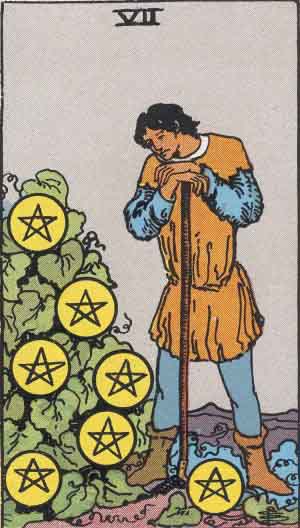 Here at the end of Taurus, our first earth sign, we come across another very earthy card. Of course, all of the Pentacles are cards of elemental Earth, but here we see it spelled out very plainly. The man in this card is a gardener or a farmer, and he has been working the earth. His plants stand before him, overflowing with sweet, sweet pentacles. However, he doesn’t look as though he is having a great time. He looks bored or exhausted. Apparently this card is hard work.
Here at the end of Taurus, our first earth sign, we come across another very earthy card. Of course, all of the Pentacles are cards of elemental Earth, but here we see it spelled out very plainly. The man in this card is a gardener or a farmer, and he has been working the earth. His plants stand before him, overflowing with sweet, sweet pentacles. However, he doesn’t look as though he is having a great time. He looks bored or exhausted. Apparently this card is hard work.
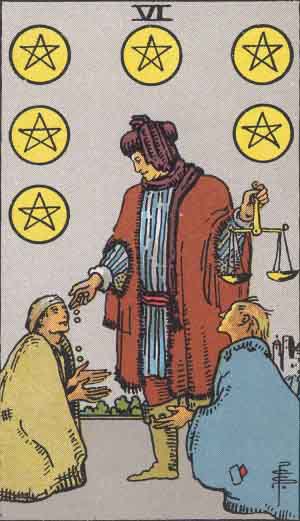 This card follows on the heels of the
This card follows on the heels of the 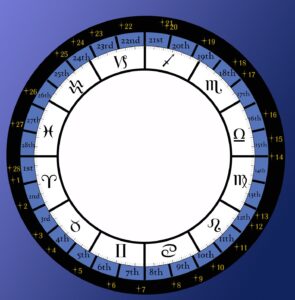
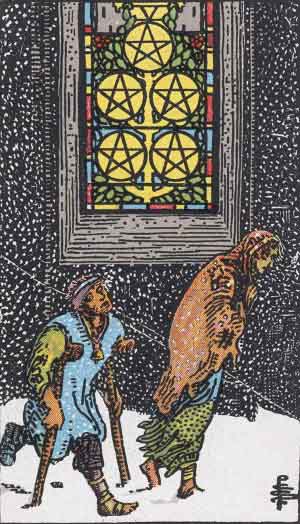 Each Decan is also associated with a Tarot card, and the card here is the Five of Pentacles. This is a notably shocking card, because in the Rider Waite Smith deck, the characters in this card are not having a good time. One is on crutches, the other struggling. They appear to be beggars or paupers, definitely down on their luck. And they are walking through heavy snow in front of a stained glass window that gives the impression of a church.
Each Decan is also associated with a Tarot card, and the card here is the Five of Pentacles. This is a notably shocking card, because in the Rider Waite Smith deck, the characters in this card are not having a good time. One is on crutches, the other struggling. They appear to be beggars or paupers, definitely down on their luck. And they are walking through heavy snow in front of a stained glass window that gives the impression of a church.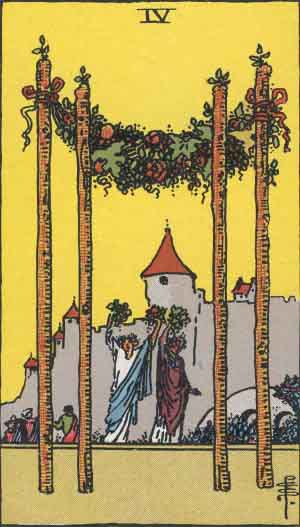 This card is so comfortable, especially following on the heels of the
This card is so comfortable, especially following on the heels of the 
